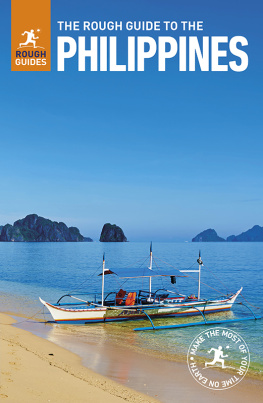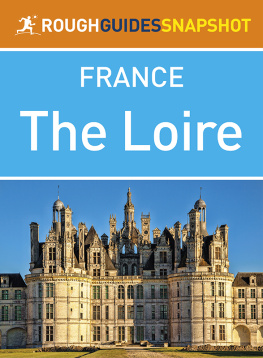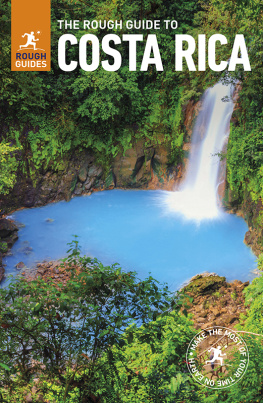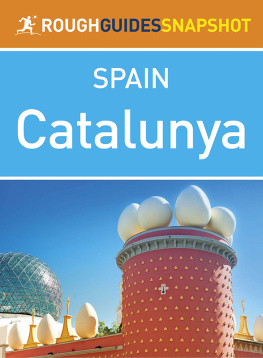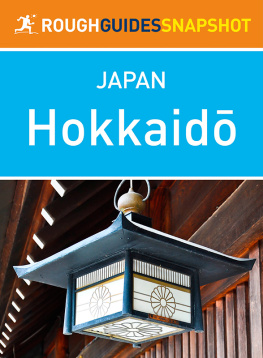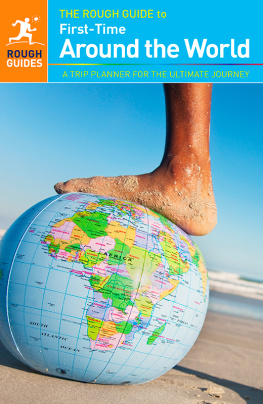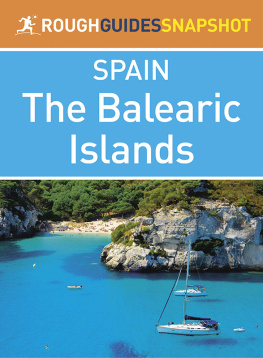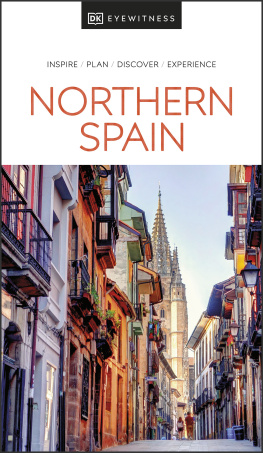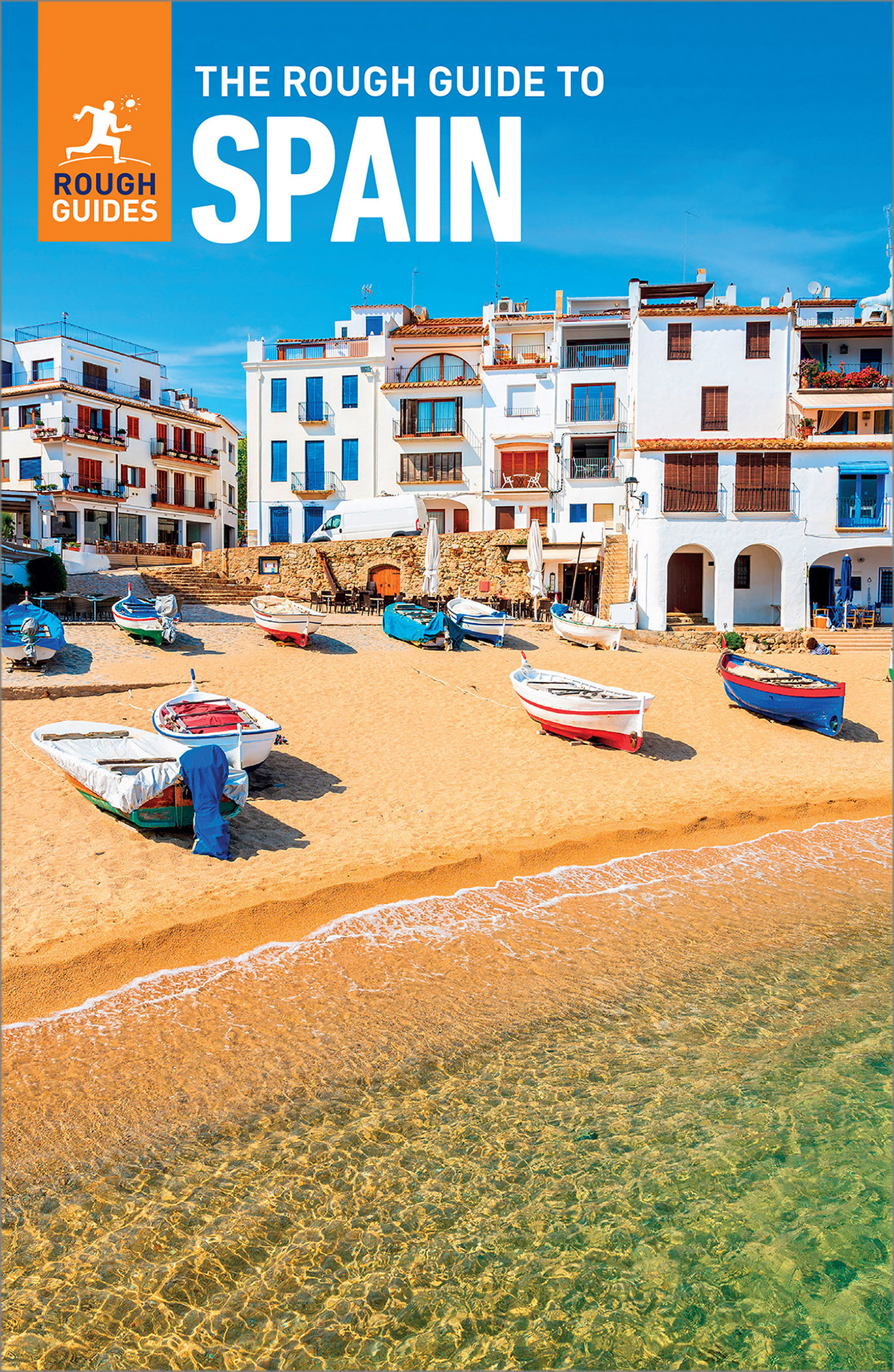Rough Guides - The Rough Guide to Spain (Travel Guide eBook)
Here you can read online Rough Guides - The Rough Guide to Spain (Travel Guide eBook) full text of the book (entire story) in english for free. Download pdf and epub, get meaning, cover and reviews about this ebook. year: 2022, publisher: Rough Guides, genre: Science / History. Description of the work, (preface) as well as reviews are available. Best literature library LitArk.com created for fans of good reading and offers a wide selection of genres:
Romance novel
Science fiction
Adventure
Detective
Science
History
Home and family
Prose
Art
Politics
Computer
Non-fiction
Religion
Business
Children
Humor
Choose a favorite category and find really read worthwhile books. Enjoy immersion in the world of imagination, feel the emotions of the characters or learn something new for yourself, make an fascinating discovery.

- Book:The Rough Guide to Spain (Travel Guide eBook)
- Author:
- Publisher:Rough Guides
- Genre:
- Year:2022
- Rating:3 / 5
- Favourites:Add to favourites
- Your mark:
The Rough Guide to Spain (Travel Guide eBook): summary, description and annotation
We offer to read an annotation, description, summary or preface (depends on what the author of the book "The Rough Guide to Spain (Travel Guide eBook)" wrote himself). If you haven't found the necessary information about the book — write in the comments, we will try to find it.
Practical travel guide to Spain featuring points-of-interest structured lists of all sights and off-the-beaten-track treasures, with detailed colour-coded maps, practical details about what to see and to do in Spain, how to get there and around, pre-departure information, as well as top time-saving tips, like a visual list of things not to miss in Spain, expert author picks and itineraries to help you plan your trip.
The Rough Guide to Spain covers: Madrid, around Madrid, Castilla-La Mancha and Extremadura, Andaluca, Castilla y Len and La Rioja, Euskal Herria: the Pas Vasco and Navarra, Cantabria and Asturias, Galicia, Aragn, Barcelona, Catalunya, Valencia and Murcia, the Balearic Islands.
Inside this travel guide youll find:
RECOMMENDATIONS FOR EVERY TYPE OF TRAVELLER
Experiences selection for every kind of trip to Spain, from off-the-beaten-track adventures in Las Alpujarras to family activities in child-friendly places, like Parque Nacional Coto de Doana or chilled-out breaks in popular tourist areas, like Segovia.
PRACTICAL TRAVEL TIPS
Essential pre-departure information including Spain entry requirements, getting around, health information, travelling with children, sports and outdoor activities, food and drink, festivals, culture and etiquette, shopping, tips for travellers with disabilities and more.
TIME-SAVING ITINERARIES
Carefully planned routes covering the best of Spain give a taste of the richness and diversity of the destination, and have been created for different time frames or types of trip.
DETAILED REGIONAL COVERAGE
Clear structure within each sightseeing chapter includes regional highlights, brief history, detailed sights and places ordered geographically, recommended restaurants, hotels, bars, clubs and major shops or entertainment options.
INSIGHTS INTO GETTING AROUND LIKE A LOCAL
Tips on how to beat the crowds, save time and money and find the best local spots for hiking, African-style safari, visiting art museums, bar-hopping and clubbing or sherry tasting.
HIGHLIGHTS OF THINGS NOT TO MISS
Rough Guides rundown of Barcelona, Madrid, Andaluca and Castilla y Lens best sights and top experiences help to make the most of each trip to Spain, even in a short time.
HONEST AND INDEPENDENT REVIEWS:
Written by Rough Guides expert authors with a trademark blend of humour, honesty and expertise, to help to find the best places in Spain, matching different needs.
BACKGROUND INFORMATION
Comprehensive Contexts chapter features fascinating insights into Spain, with coverage of history, religion, ethnic groups, environment, wildlife and books, plus a handy language section and glossary.
FABULOUS FULL COLOUR PHOTOGRAPHY
Features inspirational colour photography, including the stunning Camino de Santiago and the spectacular Cala dHort.
COLOUR-CODED MAPPING
Practical full-colour maps, with clearly numbered, colour-coded keys for quick orientation in Segovia, Toledo and many more locations in Spain, reduce need to go online.
USER-FRIENDLY LAYOUT
With helpful icons, and organised by neighbourhood to help you pick the best spots to spend your time.
Rough Guides: author's other books
Who wrote The Rough Guide to Spain (Travel Guide eBook)? Find out the surname, the name of the author of the book and a list of all author's works by series.

